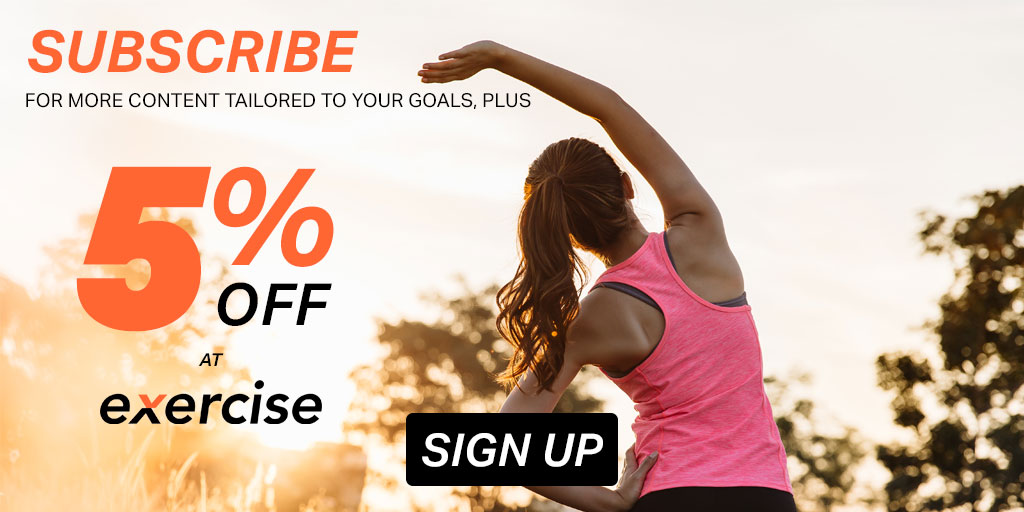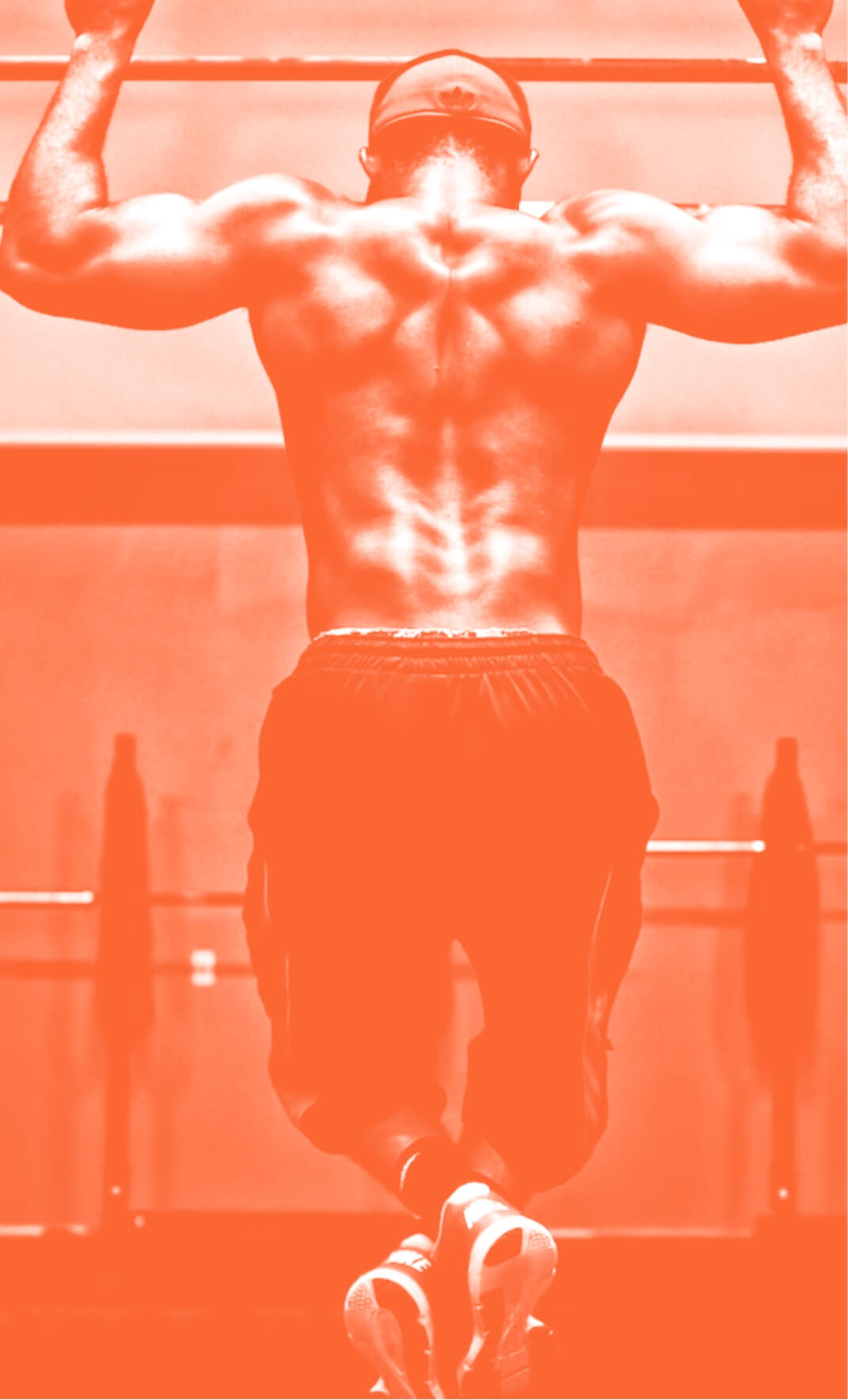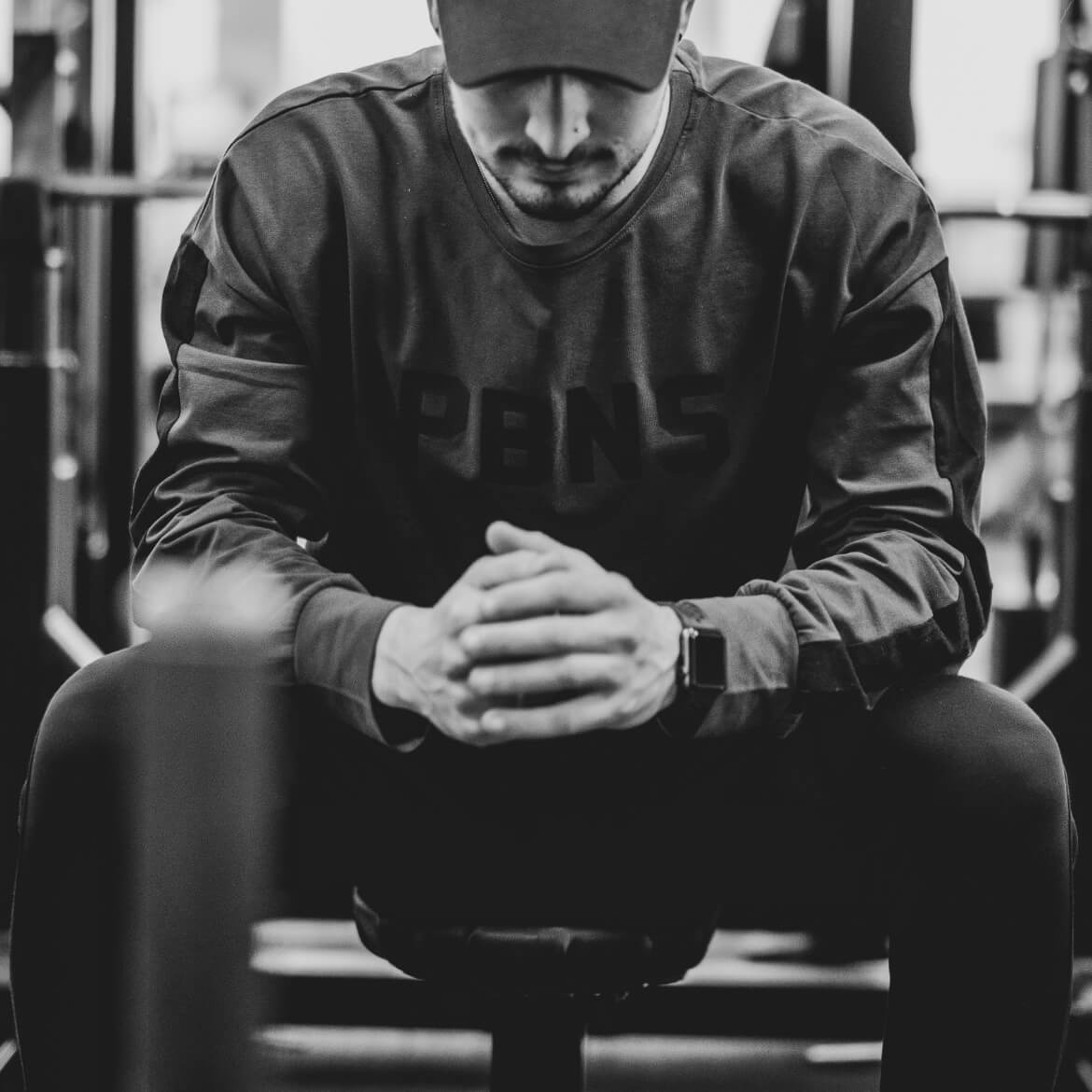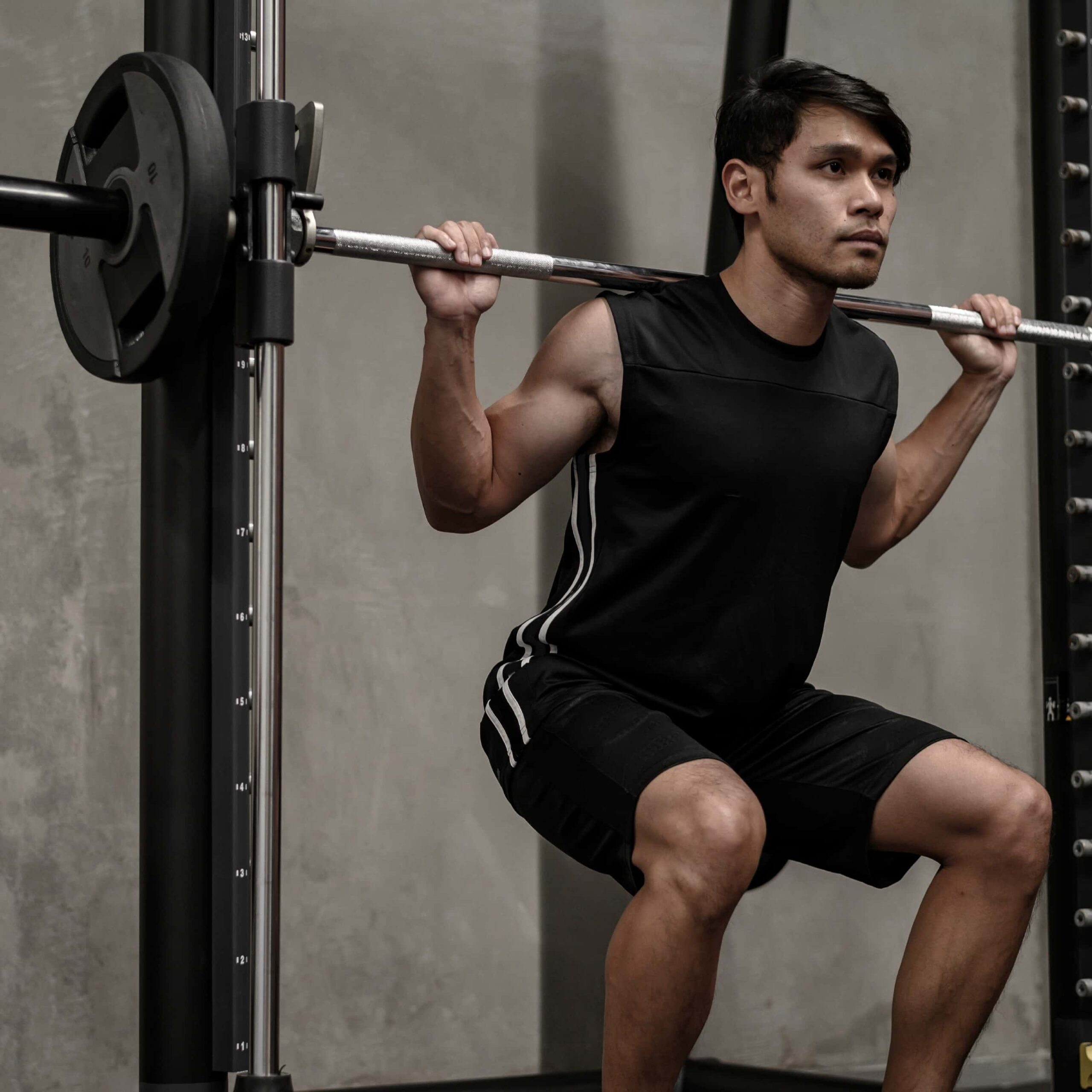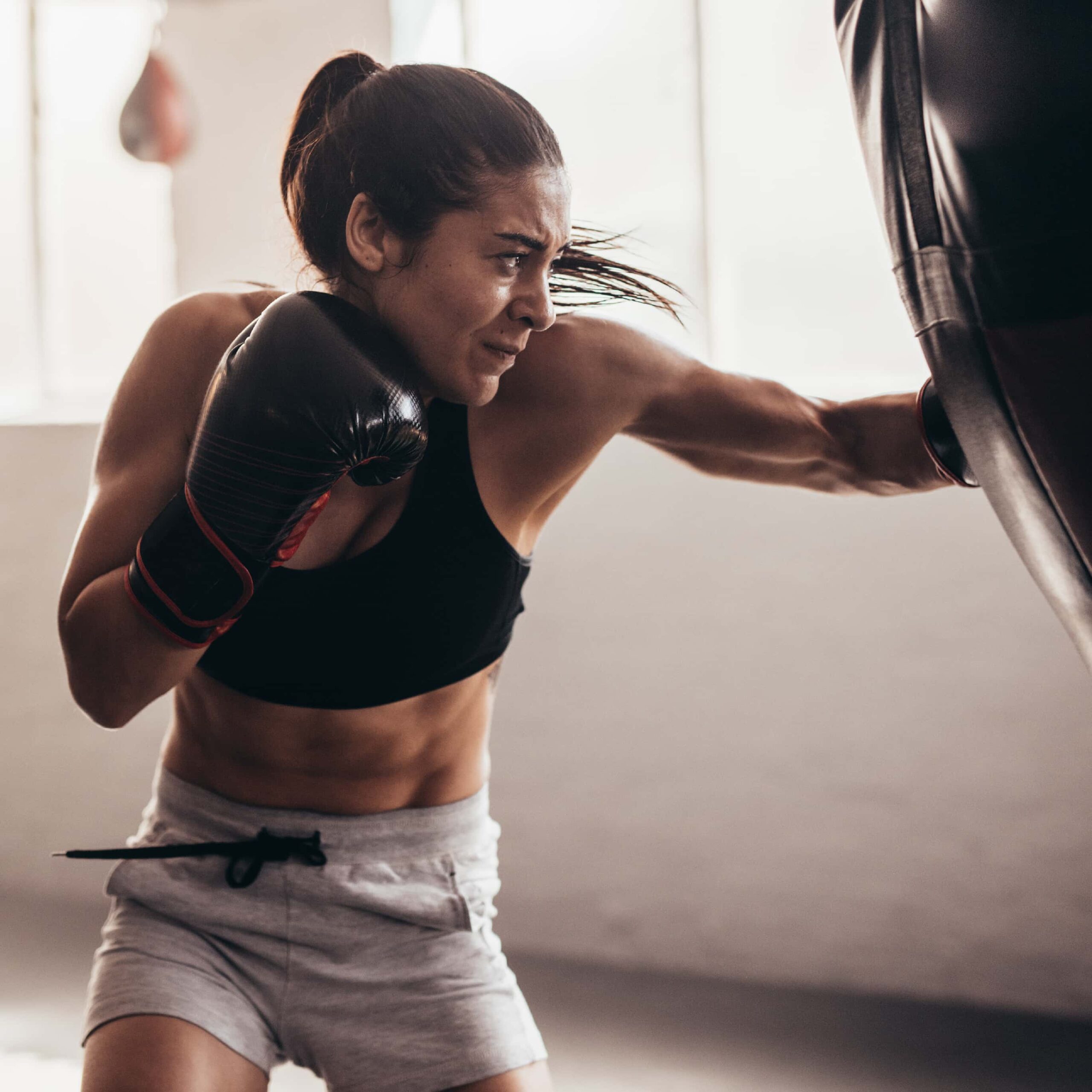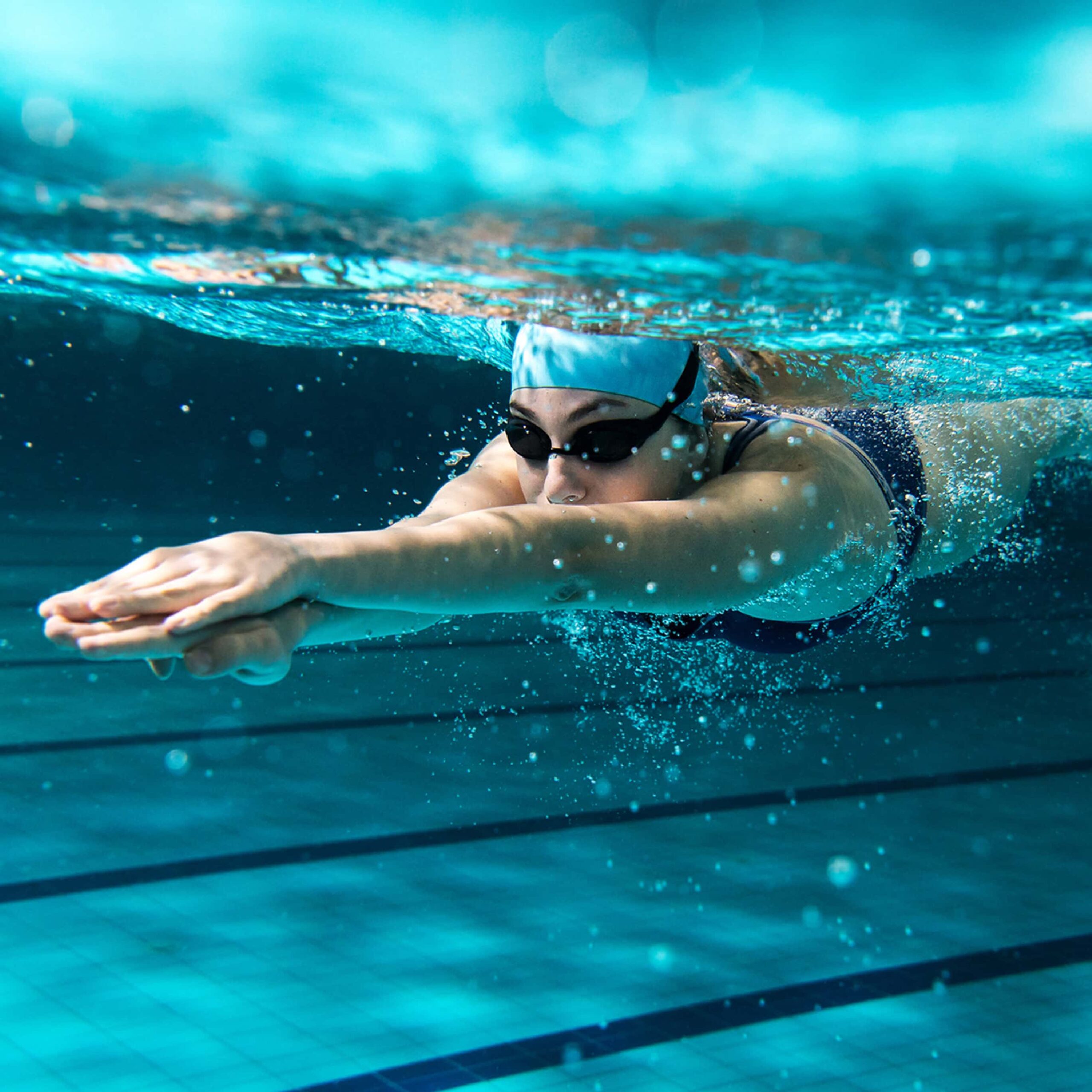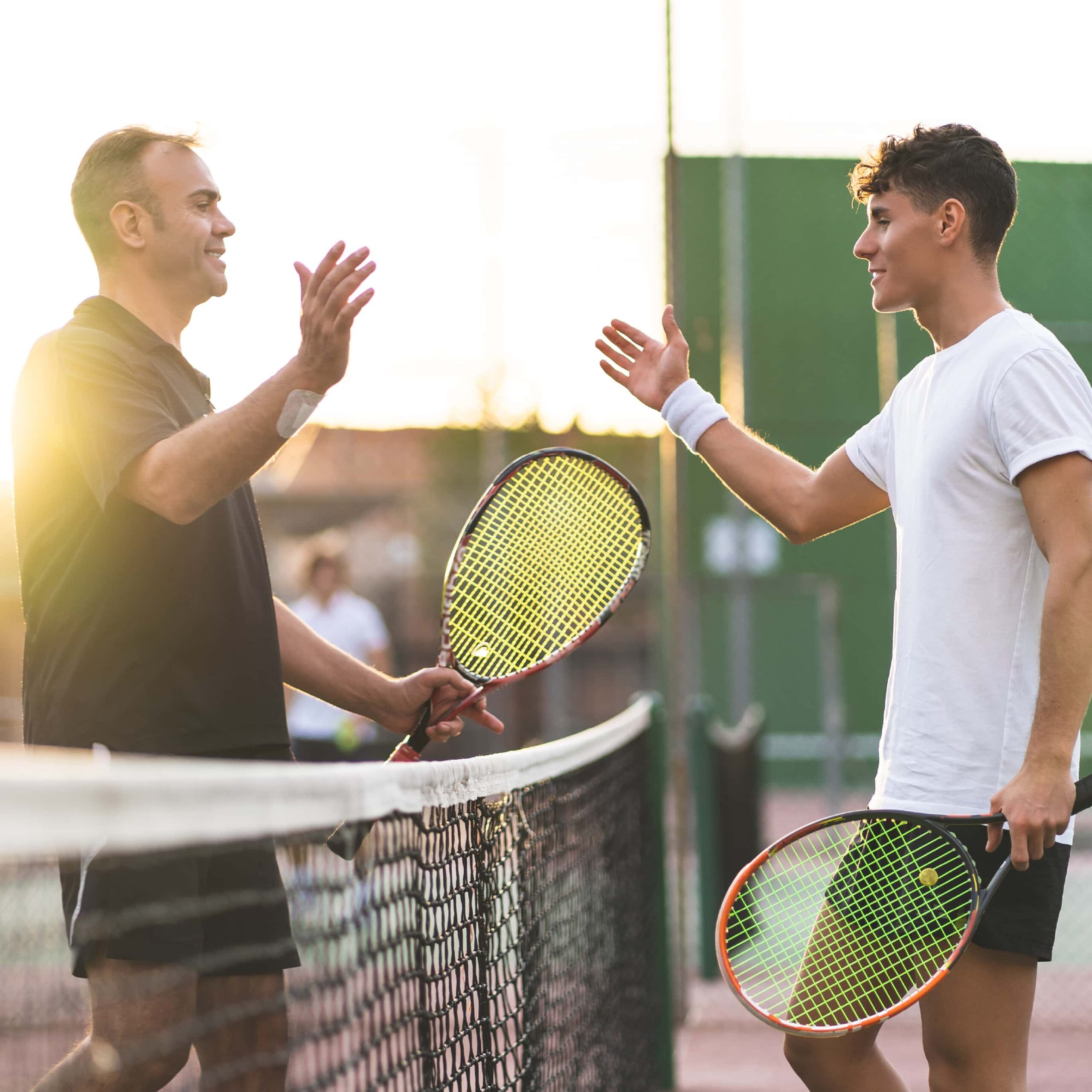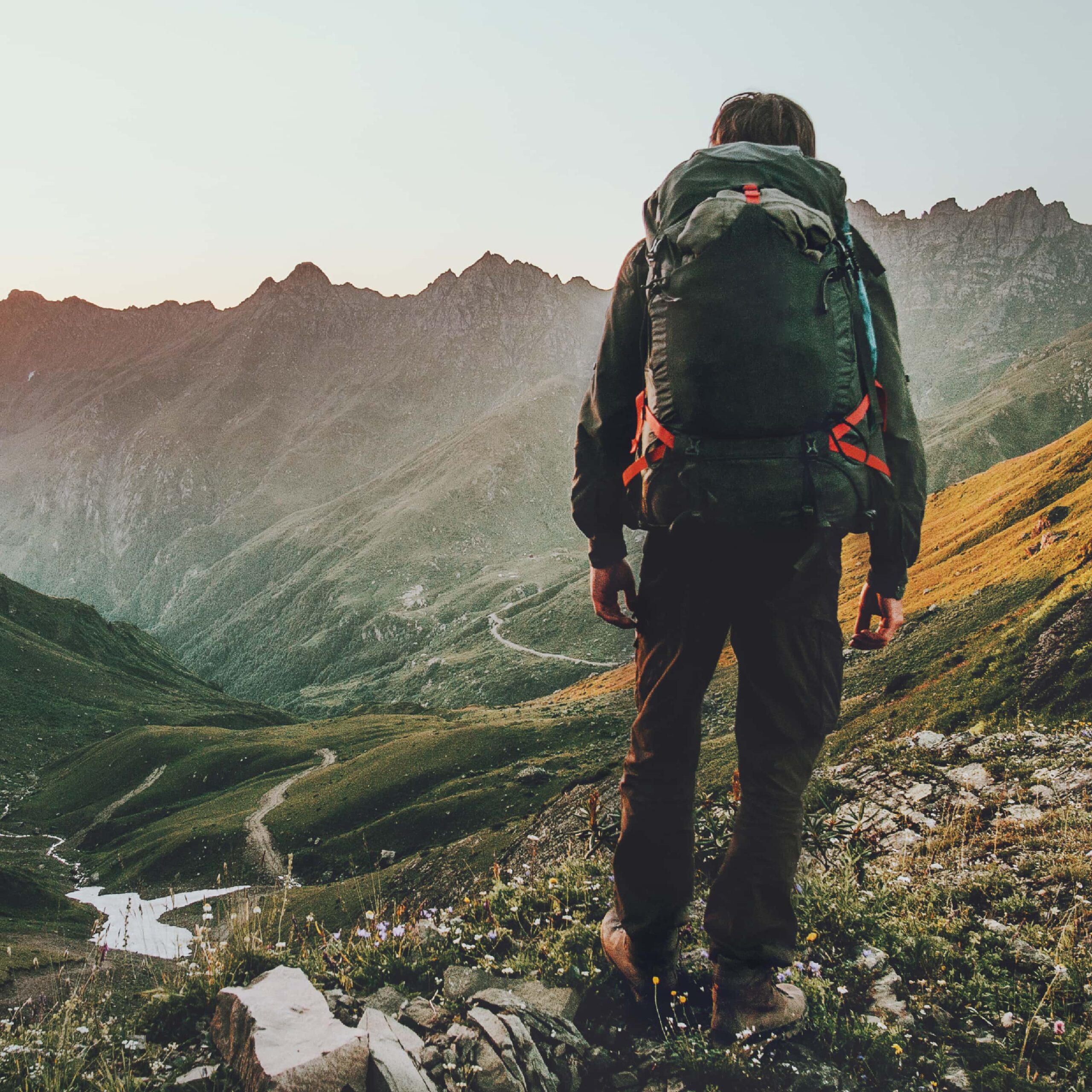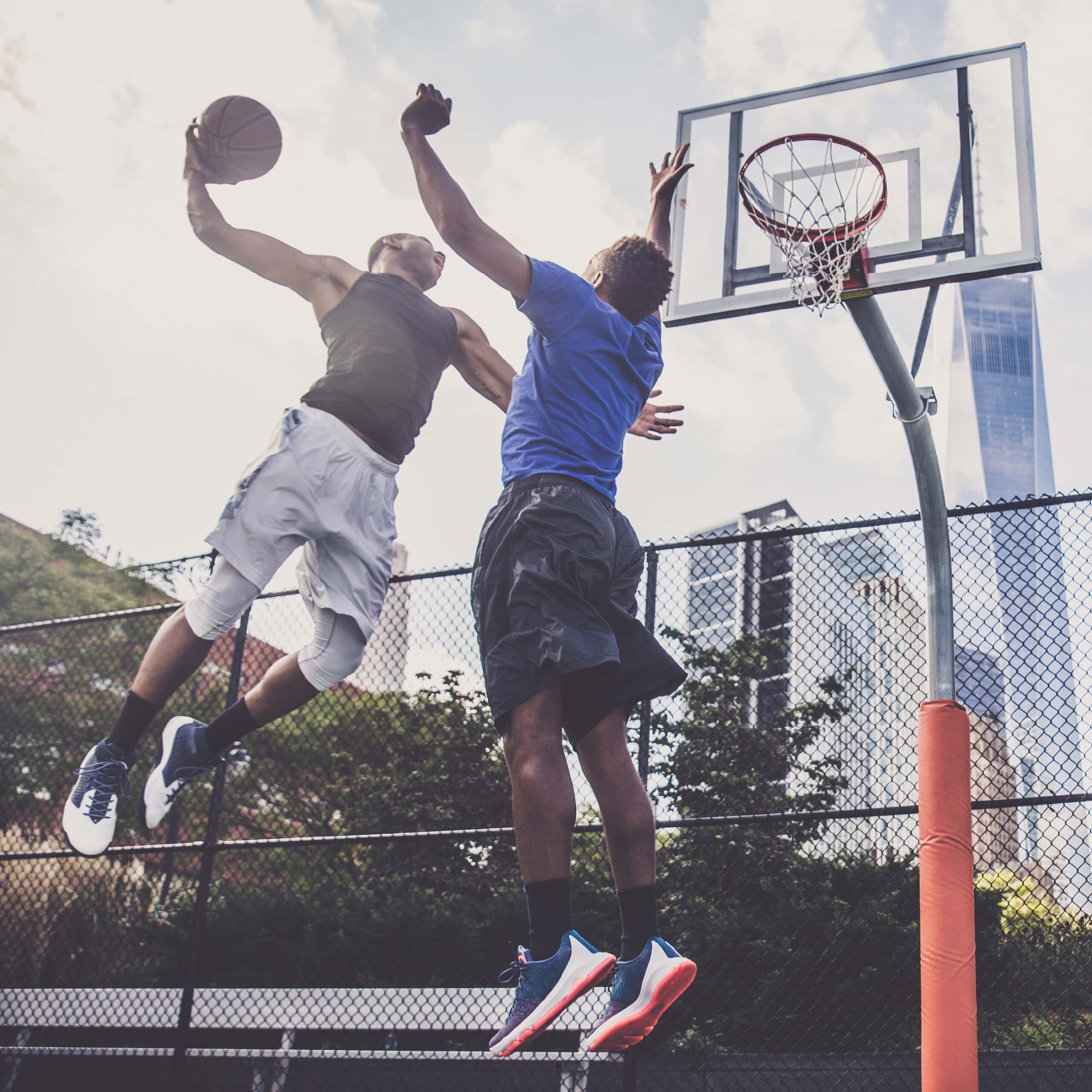A Guide to Yoga for Beginners
16th Mar 20
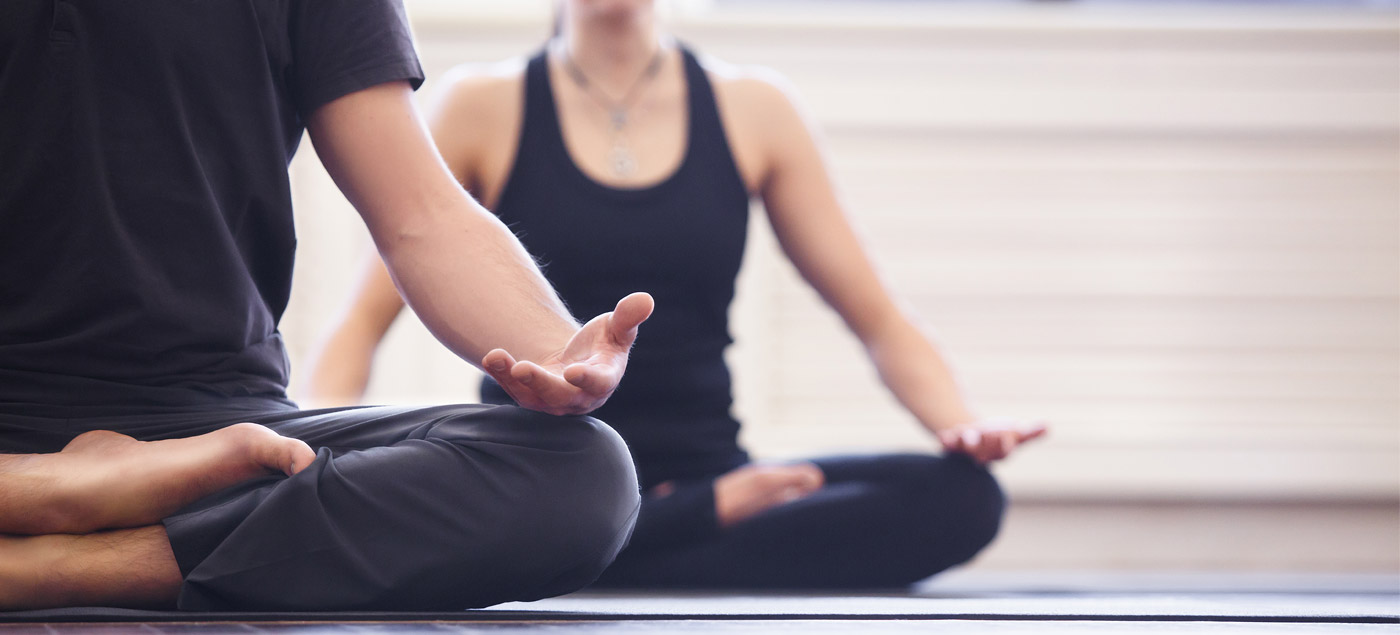
Yoga is 5,000 years old. This mind and body practice, which focuses on postures, breathing and relaxation, offers so many benefits, from stress relief and peace of mind, to improved flexibility, strength and balance. So how do you get started? Find out more in our guide to yoga for beginners…
Want to move fast? Jump to the right section below.
Yoga Equipment for Beginners
Having the right equipment will be hugely beneficial to your yoga journey, allowing you to practice from the comfort of your own home. If you decide to attend group classes, it’s also nice to be able to take your own gear.
The most important piece of equipment is your yoga mat, which carves out your personal space and creates a safe and comfortable surface to practice on. It’s also important to wear the right sort of clothing for yoga – something loose and comfortable that you can move around in.
If you want additional support during your yoga practice, consider a prop such as a yoga block or strap. A water bottle will also help to stay hydrated throughout your session. It’s surprising how much you can work up a sweat!
The Physical Benefits
There are a whole host of physical benefits to yoga. First, it improves your strength. There’s more to yoga than sitting on the floor and breathing deeply – in fact, some of the postures involved in yoga are more physically challenging than other forms of intense exercise. In order to hold these poses, you need to be strong, and by practicing yoga regularly, you’re sure to see a marked improvement in your strength.
As well as becoming stronger, yoga will also help you to become more flexible. You will find yourself in poses that you’ve never done before, working muscles that you never normally use. By doing them regularly, your flexibility and mobility will gradually improve… you’ll be touching your toes in no time!
Finally, balance. Balancing plays a large role in yoga, but it’s not something that comes naturally to everyone. Until you feel confident and strong enough to hold the more difficult poses, use a wall or a chair for support. Remember to focus on one spot ahead of you, and try not to be distracted by other people. By practicing your yoga regularly, you’ll soon see your balance greatly improve.
As with any form of physical activity, yoga gets your blood circulating, which is great for your cardiovascular system. You’ll also notice your muscles building and your body leaning out, making you feel stronger, more toned and more confident.
The Mental Benefits
Along with physical improvements, regularly practicing yoga will bring a number of mental benefits to your life.
Yoga allows you to take some time out for yourself, allowing you to centre your mind and body and zone out. This will help you to release any anger and negativity that you might be withholding, and truly allow yourself to relax.
Outside of your practice, yoga will help to keep you mindful and content day-to-day. You’ll notice an increased awareness of your body, lower stress levels and a sharper attention to detail, as well as being able to communicate and concentrate better.
Yoga Poses for Beginners
Mastering these beginner poses will help to kick start your yoga journey and provide a great foundation to master the harder posese later on. These five moves should be more than enough to give you a feel for yoga, as well as helping you to stretch and strengthen various parts of your body. Grab your mat and give them a go!
Cobra

The first yoga pose for a beginner to try is the cobra pose. It’s a great way to stretch out your back, warm up and ease into more challenging poses.
The cobra position is simple: just lay on your front with your hands placed flat beneath your shoulders, shoulders bent. Now stretch your arms and raise your torso upwards, stretching out your lower back.
Bird Dog

The bird dog pose can be slightly taxing on your core strength, especially if you intend to hold the pose for a long time.
While on your hands and knees, with you hands placed beneath your shoulders and your knees beneath your hips, raise one arm out directly in front of you. At the same time, raise the opposite leg. Keep your neck and head in a straight line with your upper back. Hold, relax and then repeat on the other side.
Downward Facing Dog

The downward facing dog is a popular yoga position which is used in a number of flows. It can be difficult, especially when held for more than a few seconds.
Begin again on your hands and knees, with your hands beneath you shoulders and knees slightly behind your hips. Spread your fingers wide. Now gently tuck your toes and lift your knees off the floor, straightening your legs as much as possible. Remember to inhale and exhale deeply throughout this pose.
Child’s Pose

A real favourite is child’s pose, which will stretch out the hips and thighs whilst providing a good respite in the middle or at the end of your practice.
Begin on your knees, with your bottom sitting down onto your heels, and bend forward with your arms outstretched in front of you. If it feels more comfortable and beneficial, part your knees so your torso can get closer to the floor.
Warrior
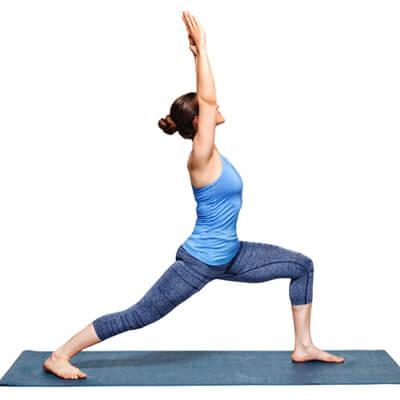
Finally, we can finish up with the warrior pose. This is a powerful upright pose that stretches the front of the body and strengthens the legs and back.
Begin standing with your feet hip distance apart, then step your feet wide apart, with your front foot remaining forward facing and your back foot turned out up to 90 degrees. Keep your pelvis facing forwards. Bend your front knee and raise your arms, keeping your shoulders down and your back leg straight. Hold, then relax and repeat on the other side.
For more information about yoga for beginners, take a look at the Yoga Journal and also the NHS guide to yoga.
Before beginning any exercise or nutrition program, consult your physician, doctor or other professional. This is especially important for individuals over the age of 35 or persons with pre-existing health problems. Exercise.co.uk assumes no responsibility for personal injury or property damage sustained using our advice.
If you experience dizziness, nausea, chest pain, or any other abnormal symptoms, stop the workout at once and consult a physician or doctor immediately.

